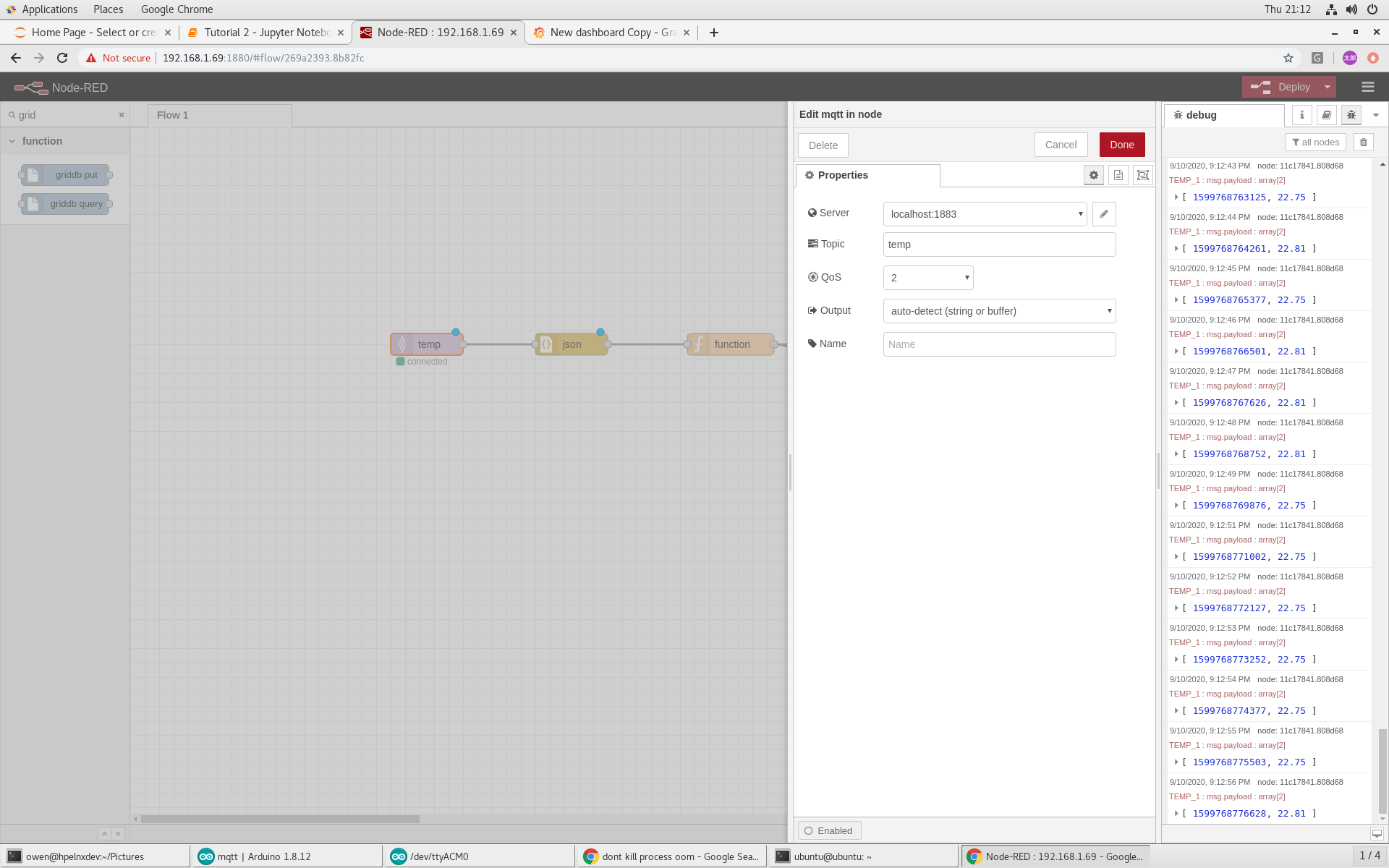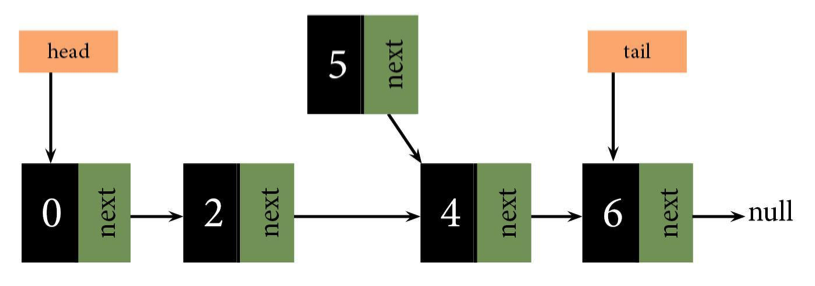

The following example demonstrates a common use case:

More on this topic can be found in the XQUF Concepts section. This is an issue beginners are often confronted with. You can therefore use it to modify results and especially DOM nodes. Note that the transform expression is the only expression which returns an actual XDM instance as a result. The node element with is copied and subsequently assigned a new QName using the rename expression. Non-Updating Expressions transform copy $c Nodes on the descendant- or attribute-axis of the target are not affected. An iterative approach helps to modify multiple nodes within a single statement. rename for $n in //nodeĪll node elements are renamed. Consequently, replacing the value of a node leaves the target with either a single text node or no descendants at all. If the insert sequence is empty, all descendants of the target are deleted. Note that the result of the insert sequence is either a single text node or an empty sequence. replace value of node /n with 'newValue'Īll descendants of /n are deleted and the given text is inserted as the only child. You can also replace the value of a node or its descendants by using the modifier value of.

The target element is replaced by the DOM node. Note that, in contrast to other updating expressions, the delete expression allows multiple nodes as a target. The example query deletes all elements in your database. Note: in most cases, as last and after will be evaluated faster than as first and before! delete delete node //node Several modifiers are available to specify the exact insert location: insert into as first/ as last, insert before/ after and insert into. Insert enables you to insert a sequence of nodes into a single target node. insert insert node (attribute, 'text', ) into /n You can find a few examples and additional information below. Optional modifiers are available for some of them. While insert, delete, rename and replace are basically self-explanatory, the transform expression is different, as modified nodes are copied in advance and the original databases remain untouched.Īn expression consists of a target node (the node we want to alter) and additional information like insertion nodes, a QName, etc. There are five new expressions to modify data. These are stated in the Concepts paragraph. After that, a few problems are addressed that frequently arise due to the nature of the language.
#INSERT NODE BASEX UPDATE#
First, some examples for update expressions are given. This article aims to provide a very quick and basic introduction to the XQUF. It summarizes the update features of BaseX.īaseX offers a complete implementation of the XQuery Update Facility (XQUF). This article is part of the XQuery Portal.


 0 kommentar(er)
0 kommentar(er)
